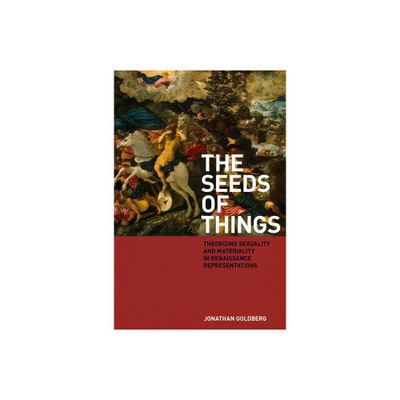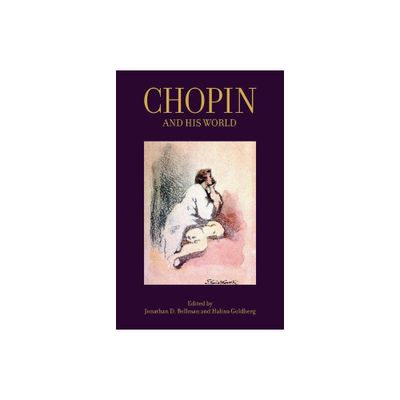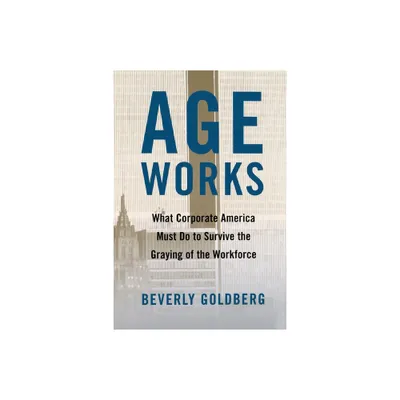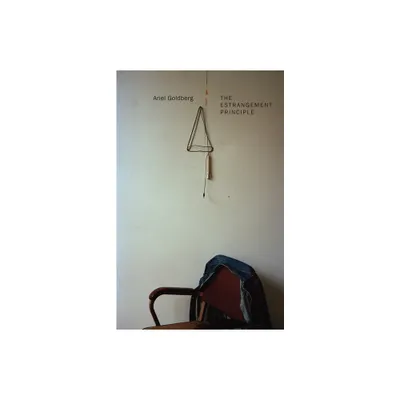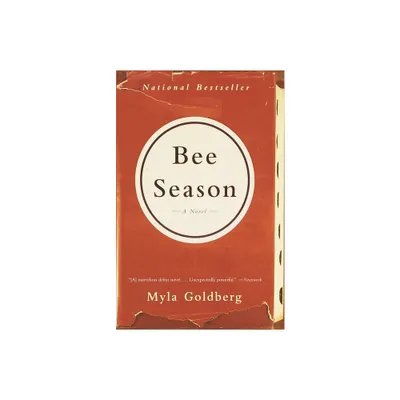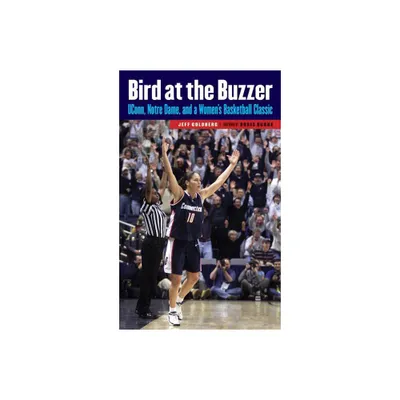Home
Saint Marks - by Jonathan Goldberg (Paperback)

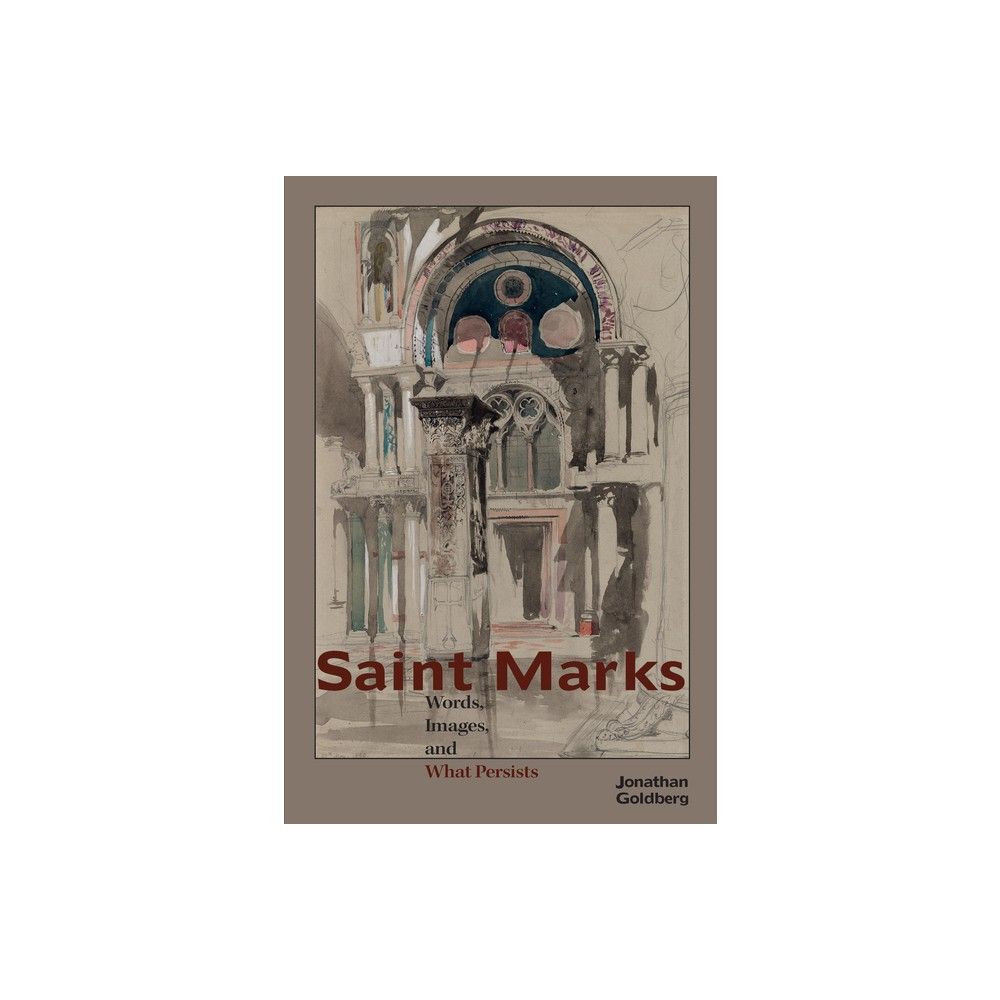
TARGET
Saint Marks - by Jonathan Goldberg (Paperback)
Fordham University Press
Current price: $35.49
Loading Inventory...
*Product information and availability are subject to change. Please contact the retailer directly to confirm product availability, pricing, and additional information.
About the Book Saint Marks is a study based on the multiple representations of St. Mark, with a focus on Venetian Renaissance paintings and the gospel attributed to him, and theoretical work by philosophers and art historians who consider the afterlives of art works and our attachments to them. The life studied in this book is a materiality that exceeds human mortality. Book Synopsis Saint Marks invokes and pluralizes the figure of Mark in order to explore relations between painting and writing. Emphasizing that the saint is not a singular biographical individual in the various biblical and hagiographic texts that involve someone so named, the book takes as its ultimate concern the kinds of material life that outlive the human subject. From the incommensurate, anachronic instances in which Saint Mark can be located--among them, as Evangelist or as patron saint of Venice--the book traces Marks afterlives within art, sacred texts, and literature in conversation with such art historians and philosophers as Aby Warburg, Giorgio Agamben, Georges Didi-Huberman, T. J. Clark, Adrian Stokes, and Jean-Luc Nancy. Goldberg begins in sixteenth-century Venice, with a series of paintings by Gentile and Giovanni Bellini, Tintoretto, and others, that have virtually nothing to do with biblical texts. He turns then to the legacy of John Ruskins Stones of Venice and through it to questions about what painting does as painting . A final chapter turns to ancient texts, considering the Gospel of St. Mark together with its double, the so-called Secret Gospel that has occasioned controversy for its homoerotic implications. The posthumous persistence of a life is what the gospel named Mark calls the Kingdom of God. Saints have posthumous lives; but so too do paintings and texts. This major interdisciplinary study by one of our most astute cultural critics extends what might have been a purely theological subject to embrace questions central to cultural practice from the ancient world to the present. From the Back Cover Saint Marks finds and forges material connections among things, images, and words. In these connections, Goldberg persuades us, the biographical subject exceeds his or her own life, living through matter. The book concerns Venice and its patron saint--what it means to construct the identity of each and then identify the one with the other, as well as the natural, historical, pictorial, and literary forces that undo such constructions. The book is a magisterial shift of the biographical and historical into the geographical that will appeal to a broad readership across art history and literary studies.--Amy Knight Powell, University of California, Irvine Saint Marks invokes and pluralizes the figure of Mark in order to explore relations between painting and writing. Emphasizing that the saint is not a singular biographical individual in the various biblical and hagiographic texts that involve someone so named, the book takes as its ultimate concern the kinds of material life that outlives the human subject. From the incommensurate, anachronic instances in which Saint Mark can be located--among them, as Evangelist or as patron saint of Venice--the book traces Marks afterlives within art, sacred texts, and literature, in conversation with Warburg, Agamben, Didi-Huberman, Nancy, and others. Goldberg begins in sixteenth-century Venice, with a series of paintings that have virtually nothing to do with biblical texts. He turns then to the legacy of John Ruskins Stones of Venice and through it to questions about what painting does as painting . A final chapter turns to ancient texts, considering the Gospel of St. Mark together with its double, the so-called Secret Gospel that has occasioned controversy for its homoerotic implications. The posthumous persistence of a life is what the gospel named Mark calls the Kingdom of God. Saints have posthumous lives; but so too do paintings and texts. This major interdisciplinary study by one of our most astute cultural critics extends what might have been a purely theological subject to embrace questions central to cultural practice from the ancient world to the present. Jonathan Goldberg is Arts and Sciences Distinguished Professor Emeritus at Emory University. His most recent book is Melodrama: An Aesthetics of Impossibility . Review Quotes Saint Marks finds and forges material connections among things, images, and words. In these connections, Goldberg persuades us, the biographical subject exceeds his or her own life, living through matter. The book concerns Venice and its patron saint--what it means to construct the identity of each and then identify the one with the other, as well as the natural, historical, pictorial, and literary forces that undo such constructions. With chapters titled atmospherics, gravity, stones, and secrets, the book is a magisterial shift of the biographical and historical into the geographical that will appeal to a broad readership across art history and literary studies. ---Amy Knight Powell, University of California, Irvine This book is highly recommended for its topic, approach, and new perspectives on Saint Marks.-- The Sixteenth Century Journal About the Author Jonathan Goldberg is Arts and Sciences Distinguished Professor Emeritus at Emory University. His many books include Come As You Are, After Eve Kosofsky Sedgwick ; Saint Marks: Words, Images, and What Persists ; Melodrama: An Aesthetics of Impossibility ; and Sodometries: Renaissance Texts, Modern Sexualities . His writing centers on early modernity but ranges from Sappho and Willa Cather to Patricia Highsmith and Todd Haynes in exploring questions of materiality and sexuality.
